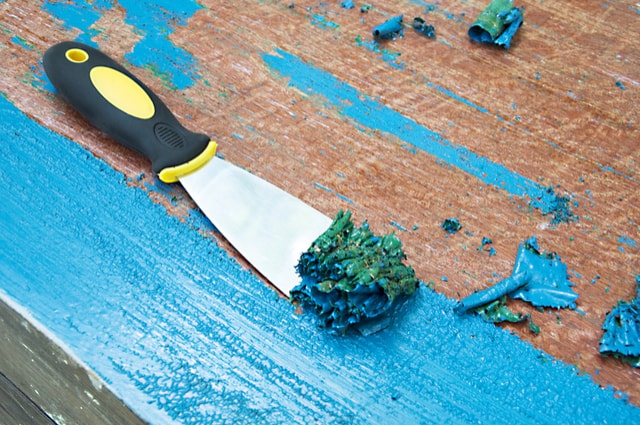
Industrial paint stripping formulas contain a number of ingredients, each offering a specific solution in the stripping process. It is the number of constituent ingredients carried by a stripping formula that gives it the characteristics to remove pain without having to damage the target on which the paint sticks. That’s why when you are out to get a paint stripping formula you have to consider the material on which the paint rests so as to pick the right stripper.
An effective paint remover is expected to meet a number of factors including the following.
- Good shelf life
- Stripping ability
- Ability to create a readily recoatable surface
- Lack of corrosiveness
- Free from toxic chemicals
With these considerations in mind, it is necessary to look at a few of the available paint stripping formulas that you might want to consider for your next project.
Methylene chloride
For industrial use, methylene chloride is seen as a good choice for stripping. This is because it does not lead to dissolution, which causes redeposition and clearance issues. It works by separating the paint from its substrate in sheets that are large so it does not behave like a regenerated stain. Methylene chloride also penetrates fairly well through the paint film. However, due to health issues, it has been recommended that alternatives are sought in the place of methylene chloride. If you have to use it you need to observe protective measures.
Acid and alkaline strippers
When the only way to remove paint is through an ionic reaction, in this case an alkaline or acid stripper is what is required. These are perfect for industrial purposes and they work by breaking down contaminants through attaching to them. For a smoother stripping process, you could add alkalis like soda.
Use of surfactants
Some paint stripping formulas also come mixed with surfactants, which assist solvents through the wetting of the paint film. These can help clean the stripper after washing. They are added in low amounts and are not included in MSDS sheets.
Co-solvents
To increase versatility, you could also use co-solvents. They are mostly used at concentration levels of between 5% and 10% or more, and they work as dilutants. Co-solvents fall under secondary solvents and thus you will find a wide array of these in the market. For example, ethanol, which falls under this category, removes shellac coatings while methyl ethyl ketone helps in the removal of cellulose nitrate finishes.
Activators
An activator is basically an additive that raises the stripping rate. These can work by raising the penetration rate of the solvent. Activators include basic and acidic additives depending on the kind of substrate you are working with, and you can choose them depending on effectiveness on certain paint films. Acidic activators would be perfect for epoxy resins because they easily hydrolyse the ether linkages. You need to understand how each works before you choose to employ it in the paint removal process.
These are just a few from the many paint stripping formulas available. You can learn more about the whole topic to know what would be most perfect for your needs.



